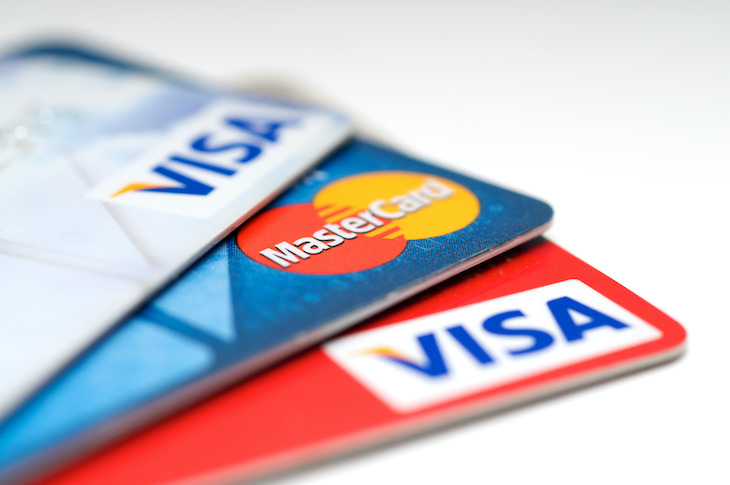
Social distancing measures made brick-and-mortar shopping rather difficult, and sometimes, even inaccessible. As a result, shopping websites became more prevalent than ever. And unfortunately, this made online shopping fraud skyrocket, too. To avoid exposing your personal and financial information to scammers, it is crucial to know the red flags that can help you spot a fake website. Watch out for these 8 warning signs when checking a website’s legitimacy.


A domain name is the address of the website that you would type in the browser bar to visit the website. In simple terms, if the website was a house, then the domain name would be the address.
When shopping online, it is recommended that you take a good look at the domain name, to see if it’s actually what you think it is. Slight variations in spelling or wording can be easy to miss. For example, scammers might create a website that mimics the name of a large brand or company, like Yah00.com or Amaz0n.net. Another example reported to the Better Business Bureau is the fraudulent website Pandorapicks.com, which sold imitation Pandora jewelry. Most of us skim through the domain name, which is exactly what scammers rely on. It’s always worth double-checking and making sure that you are purchasing from an official seller.
If you’re unsure about a certain domain, you can run it through the Whois Lookup Domain Tracker, and verify who a domain name is registered to, where they are, and how long the website has been active.

Even if you didn’t detect any odd phrasing or grammar mistakes in the domain name, they might be apparent in the website’s copy or the product’s description. Companies with legitimate websites may certainly have the occasional typo, but they do put a lot of effort into presenting a professional website. If you spot an excess of spelling, punctuation, capitalization, and grammar mistakes on a website, it could indicate that the site was created hastily and should certainly raise suspicion.
Related: 8 Steps to Protect Your Privacy Online

If you get an e-mail or a pop-up message that asks you for your card details or any other type of financial information while you’re browsing a website, close this window immediately. Do not provide any information or follow links by any means, warns the US Federal Trade Commission (FTC). Legitimate companies never ask for information that way.

There are a few bits of information that should be easy to find and access on any legitimate shopping website. Firstly, look out for the contact information. There should be several ways to contact the company, i.e. phone, e-mail, live chat, and a physical address. If there is no contact info, or all you get are automatically-generated responses, that is a huge red flag.
Another thing that should be completely transparent and easy-to-spot is the website’s privacy policy. You should be able to get a clear idea of the kind of information a website you’re using is collecting, as well as how they’re going to use that information. If you can’t find a policy, or can’t understand it, consider taking your business elsewhere.
Finally, take a look at the return policy. This one should also be absolutely transparent. If it seems in any way vague or convoluted, or if it is nowhere to be found, closer the window immediately.
Related: 5 Ways Stores Track You for Personalized Advertising

One thing you can do if you’re questioning a site’s legitimacy is to Google it. Simply type the site’s name and the owner’s name (if you can find it) into Google and see what the search results say. You can also visit Google’s Transparency Report to find out the safety rating of a specific website.

This one may seem obvious if you’re an experienced online shopper, but it’s still important to understand the rationale behind it. When you pay with a credit card, your transaction is protected by the Fair Credit Billing Act, under which you can dispute charges and temporarily withhold payments while the seller is being investigated. If a website requires you to use a wire transfer, money order, or other unsecured (and nonrefundable) form of payment, it would be best to stay away, even if the rest of the website looks legitimate.
